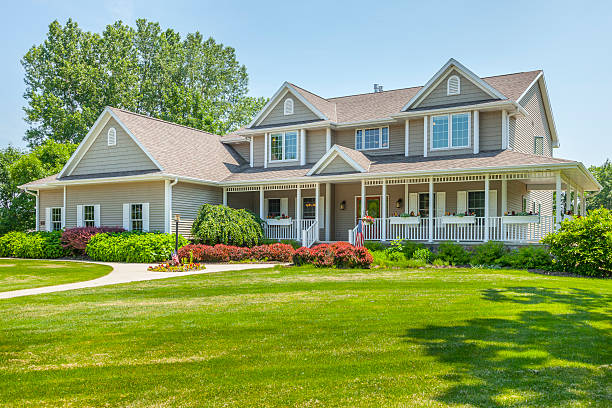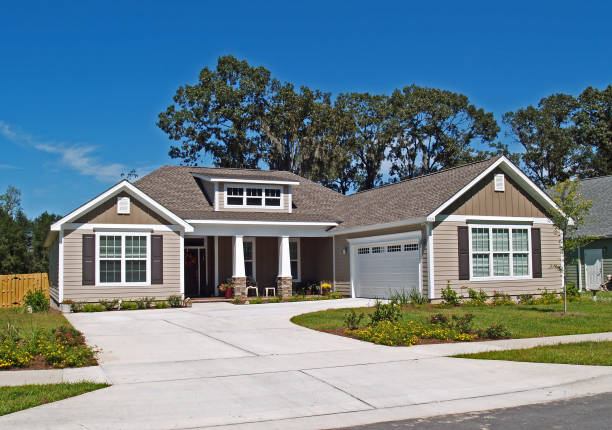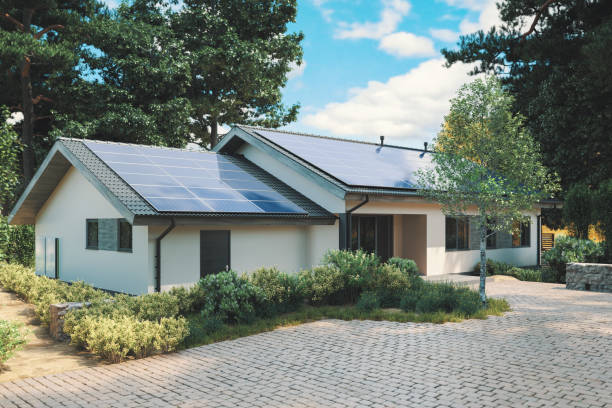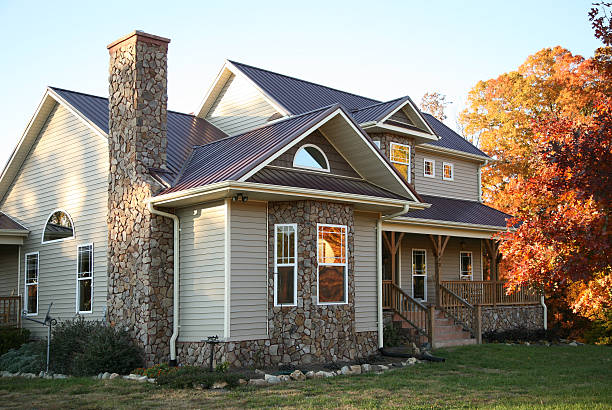How to Save Money on Roof Repairs Without Sacrificing Quality
Roof repairs can be a significant expense for homeowners, but that doesn’t mean you have to break the bank to maintain a safe and secure home. Whether you’re dealing with minor leaks or major damage, there are ways to reduce costs without sacrificing the quality of the work. Here’s how you can save money on roof repairs while ensuring your roof is repaired correctly and lasts for years to come.
Regular Inspections to Catch Problems Early
One of the best ways to save money on roof repairs is to prevent major damage before it occurs. Regular roof inspections can help you spot minor issues early, allowing you to address them before they become costly problems.
- DIY Inspections: While it’s always a good idea to have a professional take a look, you can also perform simple inspections yourself. Look for missing or damaged shingles, cracked flashing, or clogged gutters. Be sure to check for signs of leaks inside your attic or ceilings.
- Professional Inspections: Have a professional roofer inspect your roof at least once a year, especially after severe weather events. A trained eye can spot problems that may not be immediately obvious, and catching them early can help you avoid larger, more expensive repairs down the road.
Schedule Repairs Off-Season
Roofing services tend to be more expensive during peak seasons, especially during the spring and summer months when demand is high. To save money, schedule your roof repairs or maintenance during the off-season, typically in the fall or winter. During these months, contractors are often less busy and may offer lower rates.
- Avoid Emergency Repairs: Try to plan repairs in advance rather than waiting until a leak or other issue becomes an emergency. Emergency repairs can be more expensive due to the urgency and after-hours service required.
Get Multiple Estimates
Before committing to any roof repairs, it’s important to get multiple estimates from different contractors. This will give you a clearer understanding of the typical cost for the work needed, and you may find a contractor willing to offer a more competitive price.
When requesting estimates, make sure they are detailed and include a breakdown of all the costs, such as materials, labor, permits, and any potential hidden charges. This will help you compare apples to apples and avoid overpaying.
Opt for Simple Repairs Over Full Replacements
In some cases, roof damage may seem extensive, but a full roof replacement may not be necessary. If your roof is generally in good condition, a repair may be sufficient to fix the problem.
- Partial Repairs: If only a small section of your roof is damaged, a reputable contractor can often repair just that section rather than replacing the entire roof. This can save you thousands of dollars while still ensuring the structural integrity of your home.
- Patch Minor Leaks: Leaky spots can often be patched up without needing a complete overhaul. If the damage is limited to a small area, opting for repairs may be a cost-effective solution.
Use High-Quality Materials That Offer Longevity
While it may seem like buying cheaper materials will save you money, it can actually cost you more in the long run if the materials don’t hold up. Instead, invest in high-quality materials that may have a higher upfront cost but will save you money over time by lasting longer and requiring fewer repairs.
- Energy-Efficient Materials: Consider using energy-efficient materials like cool roofing shingles or reflective coatings. These materials may cost more initially but can reduce your energy bills and prevent heat damage to your roof, ultimately saving you money.
- Durable Roofing Materials: Opt for shingles and materials that are known for their longevity, such as asphalt shingles with higher durability ratings or metal roofing. These materials will require fewer repairs and replacements over time.
Do Some of the Work Yourself
If you’re handy with tools, there are some basic roof repairs that you can tackle yourself, saving you labor costs. However, always be cautious when considering DIY roof repairs, as working on a roof can be dangerous. If you’re not comfortable with heights or lack the right tools, it’s better to leave the job to the professionals.
- Clean the Roof and Gutters: Regularly cleaning your roof and gutters is one of the most important maintenance tasks that can prevent larger issues down the line. Clear away debris, leaves, and moss from your roof, as this can cause water damage if left unchecked.
- Seal Small Leaks: If you spot small leaks or cracks in the flashing, you may be able to seal them temporarily with roofing sealant until a professional can take a closer look.
Ask for Discounts or Promotions
Many roofing companies offer seasonal promotions, discounts, or financing options. Don’t hesitate to ask contractors if they have any current discounts or deals that could lower the cost of your repairs.
- Loyalty Discounts: If you’ve worked with a roofing company before, ask if they offer any loyalty discounts for repeat customers.
- Referral Discounts: Some contractors may offer discounts if you refer a friend or neighbor who hires them for roofing services.
Avoid Expensive Extras
When discussing your roof repair, it’s important to stick to the essentials and avoid costly extras that aren’t necessary. Some contractors may try to upsell you on add-ons, such as premium shingles or extra layers of underlayment, which may not be needed for your particular repair.
- Be Clear About What You Need: Discuss your needs with the contractor upfront and avoid being talked into services or materials you don’t need.
- Focus on Essential Repairs: If you’re working within a budget, prioritize essential repairs that address safety concerns or leaks first. Cosmetic upgrades or extras can wait until later.
Maintain Your Roof Regularly
Regular maintenance is one of the most effective ways to extend the life of your roof and reduce the need for costly repairs. Take proactive steps to keep your roof in good condition, including:
- Inspecting for damage after storms: After severe weather events like heavy rain or hailstorms, inspect your roof for any signs of damage. Early detection of problems can help prevent more expensive repairs in the future.
- Trimming overhanging branches: Overhanging tree branches can scrape your roof and allow water to penetrate. Regularly trim branches that are too close to the roofline to prevent unnecessary damage.
Consider Financing or Payment Plans
If your roof repair bill is too high, many contractors offer financing options that allow you to spread out the cost over time. This can help you manage the expense without sacrificing the quality of the repair.
- Low-interest loans: Some roofing companies partner with financing institutions to offer low-interest loans or flexible payment plans.
- Payment plans: Inquire about any available payment plans that can help reduce the upfront financial burden.
Conclusion
Saving money on roof repairs doesn’t have to mean sacrificing quality. By taking a proactive approach, doing your research, opting for regular inspections, and being mindful of your material choices, you can ensure that your roof stays in good condition without breaking your budget. Remember, the key is to plan ahead, make smart decisions, and work with a trusted contractor to ensure that your roof is repaired properly, and that it will serve your home for years to come.





